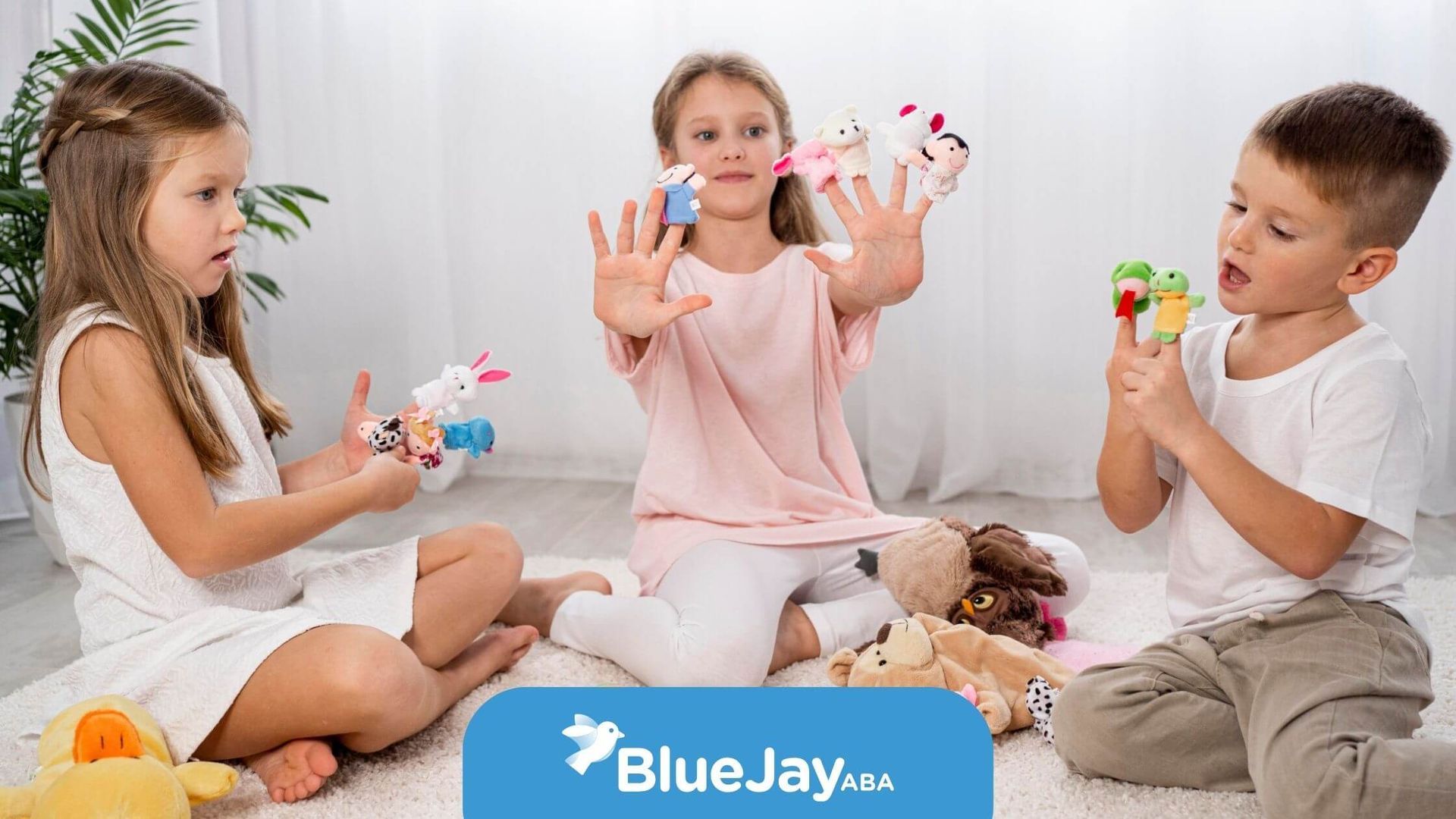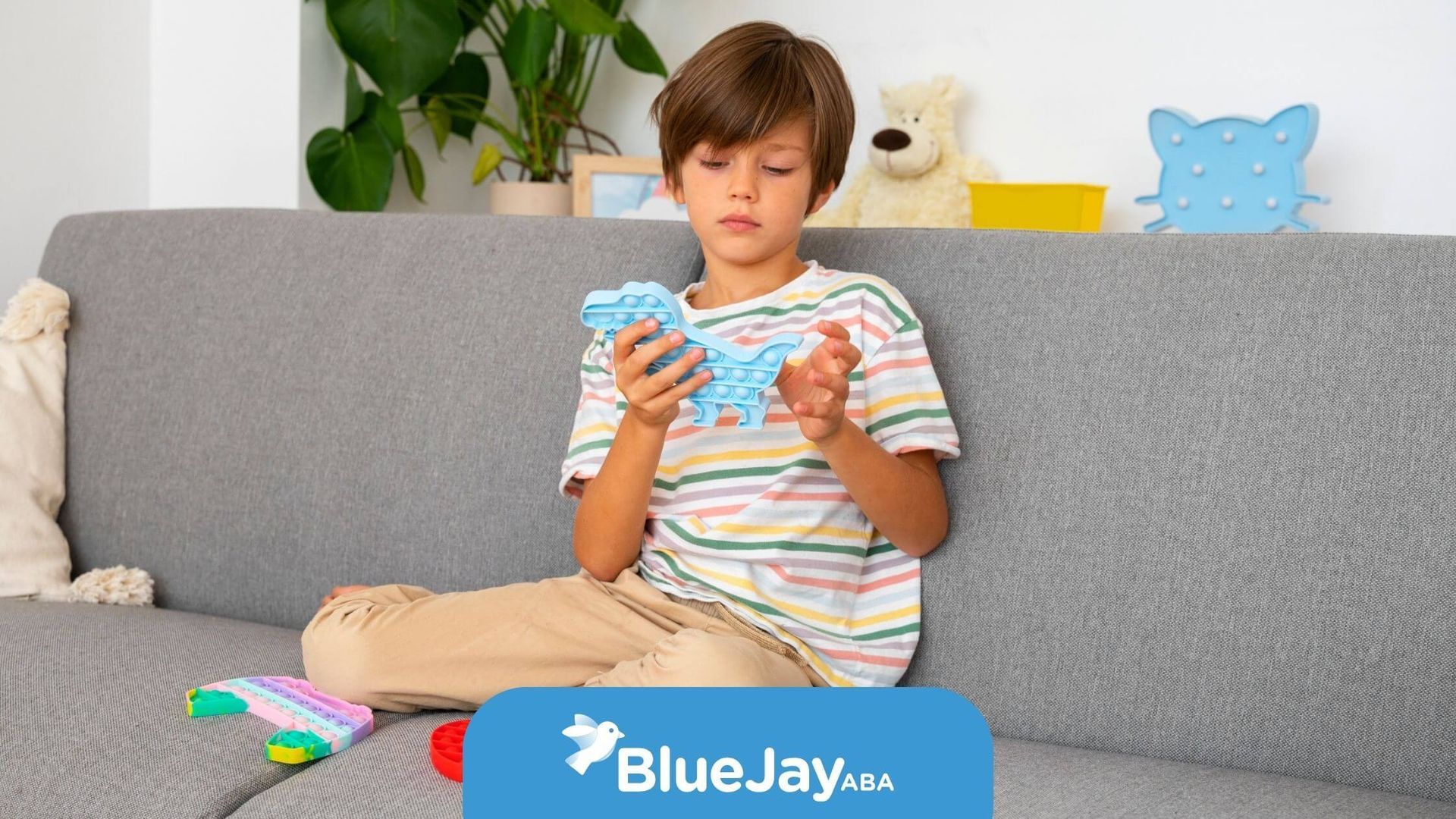Enhance Sensory Needs: Noise Canceling Headphones for Autism
For autistic adults, individuals with autism, sensory overload caused by excessive noise or too much noise can be a frequent source of distress. Autism noise-cancelling headphones, including a good pair of noise reduction earmuffs, AirPods Pro, and ear plugs, offer a means to mitigate these challenges by minimizing distracting sounds, much like how a dentist provides comfort during a procedure, and allowing individuals to focus on specific sounds with improved sound quality.
Choosing the best headphones, specifically noise-cancelling (noise cancelling) headphones, does a great job of reducing auditory stimulation in loud environments, fostering a greater sense of calm, and enhancing overall well-being. This blog post will explore the significant impact that noise-cancelling headphones can have on the lives of autistic individuals, particularly in June, and for those experiencing them for the first time, while providing practical advice for choosing and using them effectively, as shared on Instagram.
Understanding Autism and Sensory Sensitivities
Autism spectrum disorder (ASD) encompasses a range of developmental disabilities that impact communication and social interaction. It is frequently accompanied by sensory processing challenges, including heightened sensitivities to sensory input.
Some individuals with autism may exhibit hypersensitivity, where everyday sensory experiences such as loud noises, bright lights, or certain textures can be overwhelming and distressing. This hypersensitivity can lead to anxiety, meltdowns, and difficulty focusing in various environments.
The Role of Sound in Sensory Processing Disorders
Sensory processing disorders affect how the brain processes sensory information. For individuals with sensory issues, sound can be a significant trigger. Everyday noises that most people hardly notice, like the hum of a refrigerator or the clatter of dishes, can be magnified and perceived as unbearably loud.
This sensitivity to sound can contribute to sensory overload, a state where the brain is overwhelmed by sensory input. Sensory overload can lead to a range of behavioral and emotional responses, including agitation, withdrawal, and meltdowns.
High-quality noise-canceling headphones can act as a buffer, minimizing the intensity and impact of overwhelming sounds. They create a quieter listening environment, allowing individuals with sensory processing disorders to better manage their auditory input and reduce the likelihood of sensory overload.
How Noise Affects Individuals with Autism
Autistic people often experience the world differently when it comes to sensory input. Background noise that may be easily filtered out by neurotypical individuals can be highly distracting and overwhelming for those on the spectrum.
The inability to filter out background noise can make it challenging to focus on tasks, follow conversations, or simply relax. Noise cancellation technology can make a world of difference by creating a quieter auditory environment.
By reducing background noise, noise cancellation allows autistic individuals to better process information, focus their attention, and regulate their sensory input.
The Science Behind Noise Canceling Technology
Noise-canceling headphones leverage sophisticated technology to counteract and minimize unwanted sounds. There are two primary types: active noise cancellation (ANC) and passive noise isolation (PNI), each with its own mechanism for noise reduction.
Understanding the differences between ANC and PNI can guide individuals in selecting headphones that best align with their specific noise-canceling needs and sensory preferences.
Active Noise Cancellation vs. Passive Noise Isolation
Active noise cancellation (ANC) is a cutting-edge technology that actively counteracts ambient noise. ANC headphones incorporate microphones that capture incoming sound waves, and then generate inverse sound waves to effectively neutralize them. This process significantly diminishes the perceived volume of external noises.
Passive noise isolation (PNI), on the other hand, relies on physical barriers to block out sound. PNI headphones typically feature ear cups designed with sound-absorbing materials that create a seal around the ears, reducing the amount of external noise that passes through.
While ANC is highly effective at neutralizing low-frequency sounds like engine hums or traffic noise, PNI might be more suitable for higher-frequency sounds like conversations or clattering.
Benefits of Noise Canceling Headphones for Autistic Individuals
Noise-canceling headphones offer a range of benefits for people on the autism spectrum who are sensitive to auditory stimuli. By creating a quieter and more controlled listening environment, these headphones can alleviate sensory overload, reduce anxiety, and improve focus.
In situations where noise levels fluctuate, such as during travel, shopping trips, or social gatherings, noise-canceling headphones can provide a sense of predictability and control over auditory input. This can be particularly helpful for individuals who are prone to sensory overload in unpredictable environments.
Beyond sensory benefits, noise-canceling headphones offer hearing protection by allowing users to listen to audio content at lower volumes. This is particularly relevant for children and teenagers who may be more susceptible to noise-induced hearing loss.
Selecting the Right Headphones
Choosing the right noise-canceling headphones is paramount to ensure optimal comfort, effectiveness, and suitability for an individual's needs. Several factors need careful consideration to guarantee a positive and beneficial experience. Factors such as ear cup design, comfort, battery life, durability, and specific features should be taken into account.
Over-Ear vs. In-Ear: Which is Better for Autism?
When choosing between over-ear headphones and in-ear headphones (earbuds), comfort is a primary consideration for autistic individuals. Over-ear headphones, similar to ear muffs, completely enclose the ears, while in-ear headphones, similar to earplugs, are inserted directly into the ear canal.
Over-ear headphones generally offer a higher level of noise reduction due to their encompassing design. However, some individuals, especially children, may find in-ear headphones more comfortable and less intrusive, particularly if they are sensitive to pressure around their ears.
The choice between over-ear and in-ear headphones depends largely on individual preferences, comfort levels, and the degree of noise reduction required.
Considering Comfort: Weight and Material
Comfort is crucial when choosing headphones, especially for prolonged use. Look for headphones with ample padding on the ear cups and headband. Memory foam padding often provides a more customized and comfortable fit, conforming to the shape of the head.
The headband should be adjustable to ensure a secure yet comfortable fit. A headband with adequate padding can distribute the weight of the headphones evenly, reducing pressure points on the top of the head.
Furthermore, consider the material of the ear cups and headband. Breathable materials like mesh or certain fabrics can help to prevent overheating and sweating, especially during extended use.
Features to Look For in Noise-Canceling Headphones
Beyond the type of noise-canceling technology employed, several other features can significantly enhance the user experience. Battery life, durability, and warranty are some crucial aspects to contemplate.
By considering these factors, individuals can make informed decisions and select headphones that best suit their requirements and ensure long-term satisfaction.
Battery Life and Charging Options
Battery life is a critical consideration for wireless noise-canceling headphones. Opt for headphones with a long battery life, especially if they will be used for extended periods without access to charging.
Wireless headphones typically offer various charging options, including USB charging, AC adapters, and charging cases. USB charging is particularly convenient, as it allows headphones to be charged from computers, laptops, or portable power banks.
Consider the charging time required for the headphones to reach full capacity. Some models offer fast charging capabilities, which can provide several hours of playback time with just a few minutes of charging.
Durability and Warranty: What You Need to Know
Durability is essential, especially for children who may not always handle headphones with the utmost care. Look for headphones crafted from robust materials that can withstand accidental drops, bumps, and everyday wear and tear.
A comprehensive warranty can provide peace of mind, protecting against defects in materials or workmanship. Most manufacturers offer warranties ranging from one to two years, but some premium brands may provide extended warranties.
| Feature | Description |
|---|---|
| Durability | Choose headphones made from high-quality materials, such as reinforced plastics or metal components, to withstand daily use. |
| Warranty | Look for a manufacturer's warranty that covers defects for a reasonable period. |
| Great Price | Consider the overall value and features offered by the headphones in relation to their price. Sometimes, paying a bit more upfront is worthwhile. |
Practical Tips for Introducing Headphones to Autistic Individuals
Introducing headphones to an autistic individual should be approached with sensitivity and patience. It is vital to make the experience positive and to associate headphone use with pleasant sensations rather than forcing them. Gradual introduction, positive reinforcement, and the creation of a safe listening environment can foster a successful transition.
Gradual Introduction and Positive Reinforcement
Begin by introducing the headphones gradually, allowing the autistic child to touch, hold, and examine them before wearing them. Encourage them to try on the headphones for short periods and progressively increase the duration as they become more comfortable.
Positive reinforcement is highly effective. Praise and rewards can create positive associations with wearing headphones. For autistic children, visual rewards such as stickers or small toys can be particularly motivating.
Never force an autistic individual to wear headphones, especially if they are exhibiting signs of distress or discomfort. Doing so can create negative associations and make future attempts more challenging.
Creating a Safe Listening Environment
When introducing noise-canceling headphones, ensure the listening environment is calm and free from other sensory distractions. Gradually introduce the headphones in a quiet room, allowing the individual to acclimate to the noise reduction.
When selecting headphones, consider the noise reduction rating (NRR), which indicates the level of noise reduction provided. A higher NRR generally indicates greater noise reduction.
Remember that complete silence may not always be the goal. Experiment with different levels of noise reduction to find the level that is most comfortable and beneficial for the individual.
Conclusion
In conclusion, noise-canceling headphones offer a valuable solution for individuals with autism to manage sensory sensitivities. Understanding the impact of sound on sensory processing disorders is crucial. By incorporating noise-canceling technology, individuals can benefit from reduced external stimuli, promoting a calmer environment. Selecting the right headphones based on comfort and features is essential for optimal use. Practical tips, such as gradual introduction and creating a safe listening space, aid in successful implementation. Embracing this technology enhances the sensory experience for individuals with autism, supporting their overall well-being and comfort.
At Blue Jay ABA, we're committed to providing comprehensive support for individuals with autism. We understand the importance of addressing sensory sensitivities, and tools like noise-canceling headphones can significantly improve quality of life. Our team of experienced therapists can help you identify your child's specific sensory needs and develop personalized strategies to enhance their overall well-being.
Frequently Asked Questions
How do noise-canceling headphones help autistic individuals?
Noise-canceling techniques minimize ambient noise, which can overwhelm autistic individuals. By reducing sensory overload from sounds, these headphones create a calmer, more manageable auditory environment. This noise reduction helps individuals better regulate their sensory input.
Can noise-canceling headphones be used in school settings?
Yes, noise reduction headphones can significantly aid autistic children in school by minimizing distractions and improving concentration. By creating a quieter learning environment, they help these children focus on their studies.
Are there any recommended brands or models?
While specific needs vary, Sony and Bose are consistently recommended brands with a reputation for high-quality noise-canceling headphones. However, research and compare features to find the best fit, as product quality and features vary within brands.
Related Posts






